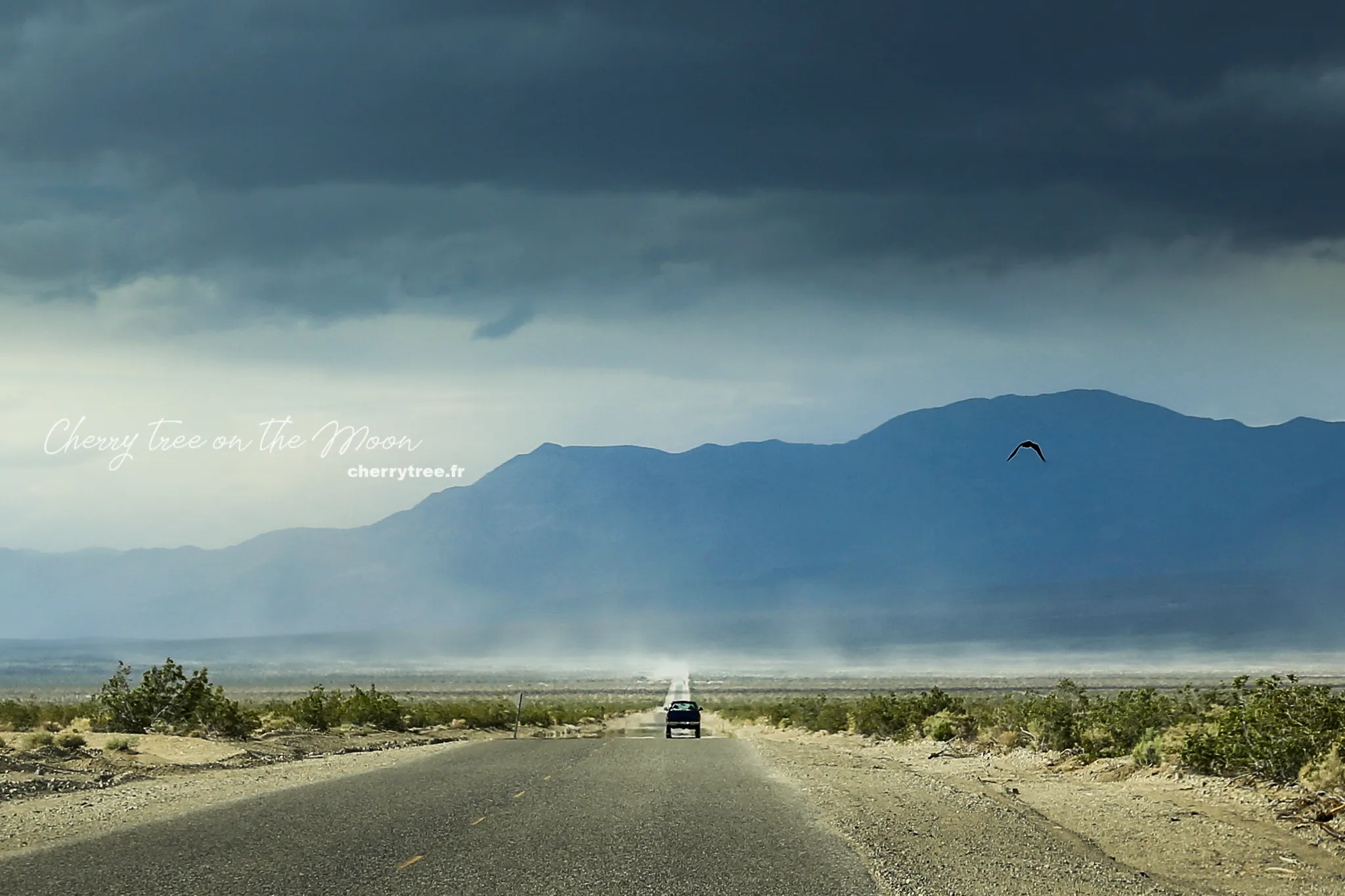Colorado, with the majestic beauty of the Rocky Mountains, is a dream destination for many road trip enthusiasts. However, driving on mountain roads in Colorado requires careful preparation and certain experience. Don’t let a lack of preparation turn your dream trip into a nightmare.
This article will share driving experiences on Colorado mountain roads, helping you have a safe, smooth, and memorable journey.
Thorough Preparation Before Your Trip
Before embarking on your Colorado road trip adventure, ensure you have prepared everything necessary.
Vehicle Check and Maintenance
This is the most crucial step to ensure safety for your trip. Take your car to a reputable garage for a comprehensive check, including:
- Braking system: Brakes are vital on mountain roads. Ensure they are in good working order and brake pads have sufficient thickness.
- Tires: Tires must have adequate tread and proper tire pressure. If traveling in winter, use winter tires or studded tires for increased grip on snow and ice.
- Coolant: Ensure the cooling system is functioning correctly to prevent overheating when climbing hills.
- Engine oil: Change engine oil regularly for smooth engine operation.
- Battery: Check the battery to ensure the car starts reliably in cold weather conditions.
- Lights: Headlights, taillights, and turn signals must be in good working order to ensure good visibility in foggy conditions or at night.
Route Research
Thoroughly research your route, including:
- Terrain: Learn about gradients, curves, narrow roads, etc.
- Weather: Monitor the weather forecast to prepare for adverse conditions like rain, snow, fog.
- Gas stations: Locate gas stations along the way to avoid running out of fuel in remote areas.
- Rest stops: Plan rest stops to relax, eat, and refresh.
- Attractions: Colorado boasts countless attractions, from national parks to historic towns. Choose those that suit your interests and plan your visits.
Essential Supplies Checklist
In addition to personal items, prepare the following supplies:
- Tow strap: In case your car gets stuck or breaks down.
- Basic car repair kit: Including wrenches, pliers, screwdrivers, etc.
- Flashlight: For use in emergencies or when it gets dark.
- Warm blanket: To stay warm if your car breaks down in cold weather.
- Drinking water and snacks: To provide energy and prevent hunger or thirst on the road.
- Mobile phone and power bank: For communication in emergencies.
- Paper map: In case of no cell service or a dead phone battery.
- Warm jacket, hat, gloves: To keep warm in cold weather.
- Sunglasses and sunscreen: To protect your eyes and skin from intense sunlight at high altitudes.

Safe Driving Techniques on Mountain Roads
Driving on mountain roads requires skill and high concentration. Remember these principles:
Maintain Moderate Speed
Avoid driving too fast, especially on winding roads. Maintain a suitable speed to have enough time to react to unexpected situations.
Use Lower Gears Uphill and Downhill
When going uphill, use lower gears to increase engine power. When descending, use lower gears to control speed, avoiding continuous braking that can cause overheating and brake failure.
Pay Attention to Observation
Carefully observe road signs, lane markings, and other vehicles. Pay attention to blind curves, narrow roads, and areas prone to rockfalls.
Keep a Safe Following Distance
Maintain a safe distance from the vehicle in front to have enough time to brake in case of an emergency.
Avoid Overtaking on Dangerous Sections
Do not overtake on curves, hills, or blind spots.
Use Headlights
Turn on your headlights even during daylight hours to increase your vehicle’s visibility.
Rest Adequately
If driving long distances, take breaks every 2-3 hours to avoid fatigue and loss of concentration.

Driving in Adverse Weather Conditions
Weather in the Colorado mountains can change rapidly. Be prepared for adverse weather conditions such as rain, snow, and fog:
Rain
- Reduce speed and turn on headlights.
- Increase the following distance from the vehicle ahead.
- Avoid sudden braking or steering.
- If the rain becomes too heavy, find a safe place to stop and wait for it to subside.
Snow
- Use winter tires or studded tires.
- Reduce speed significantly and drive very slowly.
- Avoid sudden braking or steering.
- Maintain twice the normal following distance.
- If the car skids, stay calm and gently steer in the direction you want to go.
Fog
- Reduce speed and turn on fog lights.
- Increase the following distance from the vehicle ahead.
- Use the horn to signal other vehicles.
- If the fog becomes too dense, find a safe place to stop and wait for it to dissipate.
Other Considerations
- Altitude sickness: If you are not accustomed to high altitudes, take time to acclimatize before driving. Drink plenty of water, avoid stimulants, and get adequate rest.
- Wildlife: Colorado is home to many wild animals such as deer, elk, bears, etc. Drive carefully and pay attention to your surroundings to avoid collisions with them.
- Environmental protection: Do not litter and adhere to national park regulations.
Conclusion
Driving on Colorado mountain roads is a fantastic experience, but it requires careful preparation and safe driving skills. Hopefully, these tips will help you have a smooth and memorable journey. Remember, safety is always the top priority. Have a wonderful trip exploring Colorado!